Carpet vs Hardwood Floors – Which Material Best Suit the Living Room?
For a more natural and durable option for the flooring in a high-traffic area, hardwood floors is the best way to go. Carpet and hardwood are two of the most popular flooring materials used to bring warmth to the cold floors of the house or any other interior. It may seem to be a challenge to choose which one considering how they contribute to the entirety of the living room but understanding both will do the trick. We highly suggest weighing the value of both according to their aesthetics, acoustics, cleaning and maintenance, durability, resistance to heat and moisture, installation, and costs. Allow this article to help you decide between carpet and hardwood floors best suit the living room.
Carpet
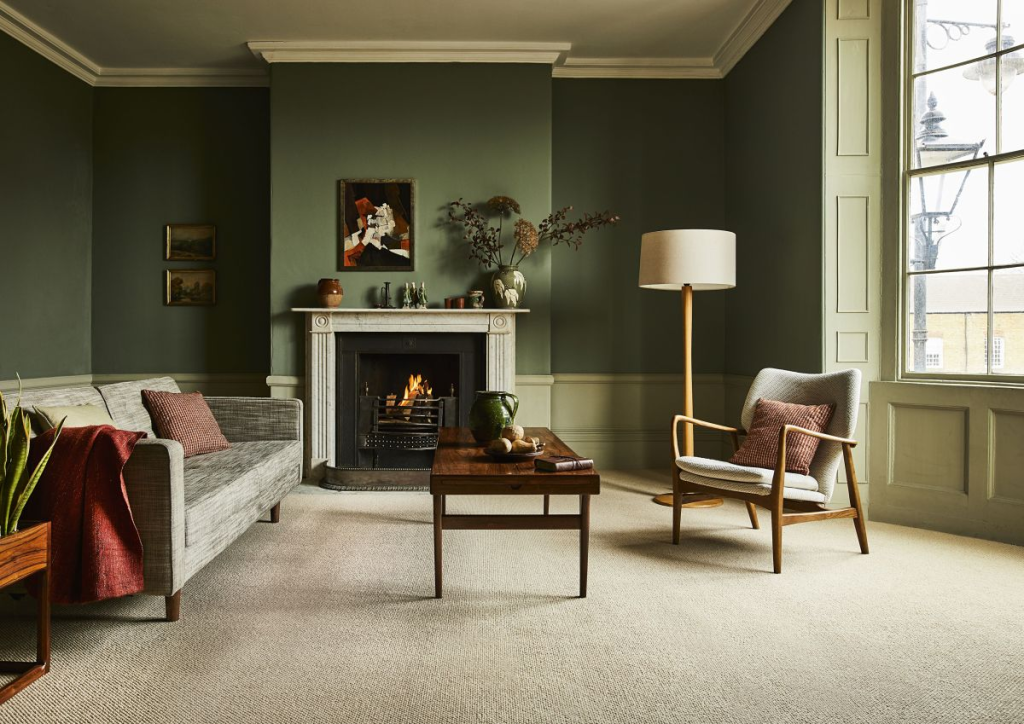

Carpet is a material often rolled out to cover an area. In some cases, it covers an entire room from wall to wall. This is the flooring material used in traditional design styles bringing warmth and a cozy environment to the living room. For a low-maintenance carpet, dark colors are highly suggested in order to prevent the dust from being too visible. Having them vacuumed every now and then will keep them fresh and warm. Compared to hardwood floors, they do not require sweeping or mopping to keep them clean. In addition, they make great acoustic material for the floors.
Aesthetics


In terms of aesthetics, carpet consists of a variety of designs, textures, and colors to choose from. Its appearance is most likely to introduce a gentle and subtle appearance to the living room design. They are a perfect layer to bring warmth to the living room that helps, especially during the cold season. Carpets exhibit an antiquated aesthetic value incorporating visual weight to the decoration of the space. It symbolizes grandeur and royalty considering how it has been an integral part of the spaces in the pre and post-modern era. It gives away the luxurious vibe for a living room even at an affordable cost.
Acoustics
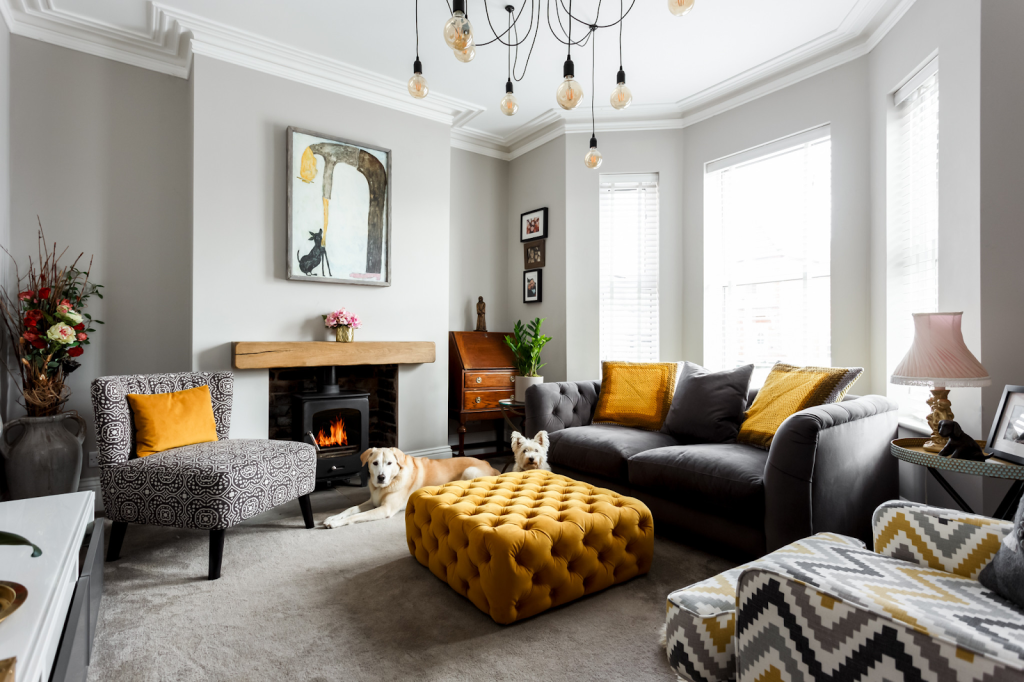

Carpet makes an outstanding material to absorb sound and vibration. Just like any acoustic material, it helps in minimizing and absorbing noises that are airborne. Living in a busy household would suggest having carpet on the floors to muffle the noise. If you live with kids running around the living room floor, having a carpet would prevent them from making heavy footstep sounds. In the modern world, there are classifications of carpets that totally cut off the noise of the floors. We highly suggest opting for the type of carpet that will cater to the needs of the household. In multi-storey apartment setups, they are often used to prevent disturbing the tenants from below.
Cleaning and Maintenance


On regular flooring materials, they only require sweeping and brooming the floors to leave them spotless and free from dust. Carpet, on the other hand, requires frequent vacuuming or cleaning. When they are not properly cleaned, micro-bacteria can easily trap themselves in between fibers that become a threat to those suffering from allergies and upper respiratory problems. Carpet requires vacuuming at least three to four times a week. In cases when stains are deeply soaked, we highly suggest steam cleaning to give the carpet a new and refreshed look.
Durability


The durability of the carpet depends on the type of material that was used. The material may affect its visual appeal and performance but it is where carpets depend on their durability. Nylon and wool fibers for a carpet are tagged as the most durable type of material to layer the floors with. How long it will last depend on how it is cleaned and maintained throughout the years. Its lifespan takes up to ten years with proper care and maintenance. It measures how long can the carpeted floors be used retaining their look and feel. Do not forget to consider the fiber, twist, and density of the carpet before purchase.
Resistance to Heat and Moisture
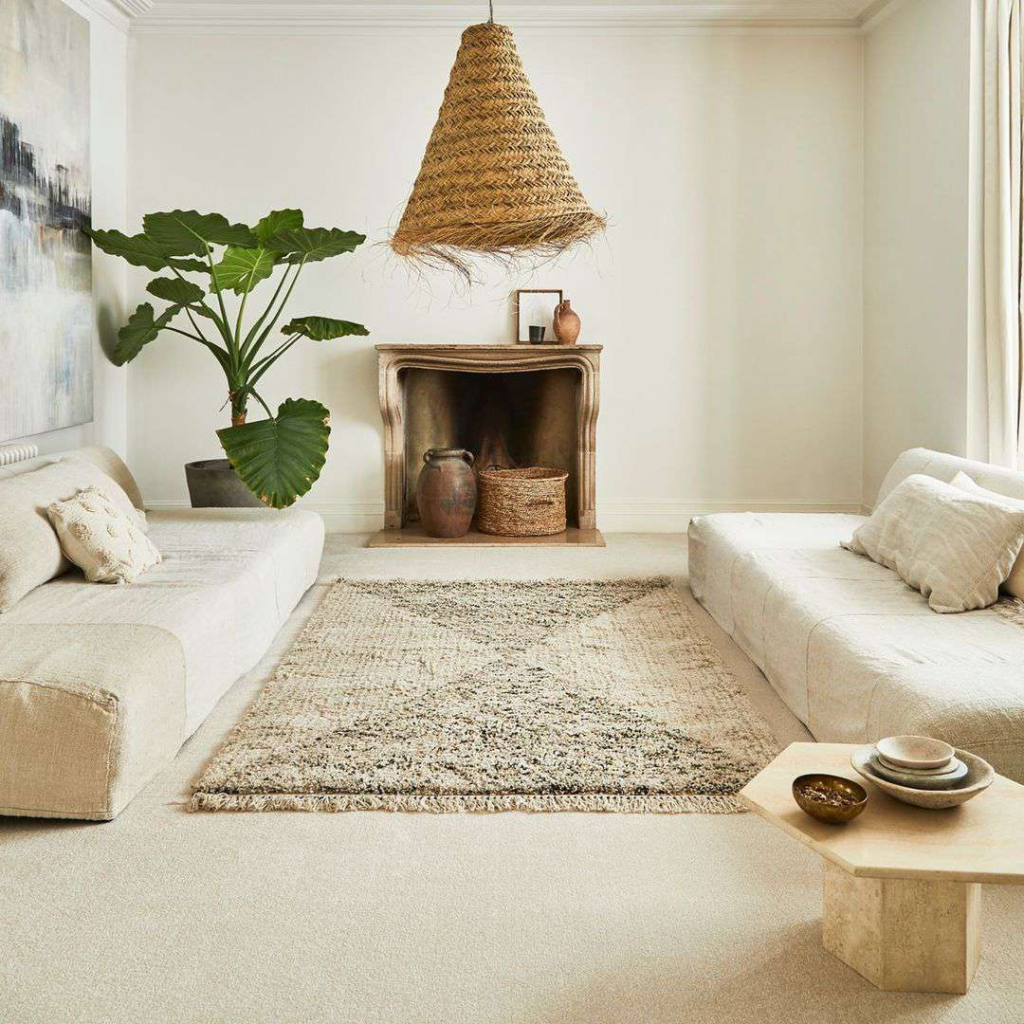

Carpets, due to their synthetic fibers, are highly resistant to moisture and water. When they are soaked in water, the back layer or the subfloor beneath tends to absorb all the moisture making the flooring susceptible to mold. This is one of the primary reasons why it is not recommended in wet areas such as the kitchen and bathroom. In terms of heat, carpets are not resistant to burns and fire. It can be easily damaged. Its susceptibility to heat can help the fire to spread easily throughout the house. These factors make it difficult to maintain considering how the living room is a space where the household and guests gather around. Safety should always be taken into consideration to prevent these unwanted circumstances from occurring.
Installation


In terms of installation, carpet requires professional help, especially if you have no idea what you are doing. They attach an underlayment pad throughout the area of coverage. Using stables or nails, they will secure the layer, especially the ones around the corners and edges. On the perimeter of the area, tack strips are used. It will then be trimmed to precisely fit the carpet. The carpet will be layered and stretched using tools to ensure that the seams are put together. This is not an installation that can be effortlessly done by those who work on DIY projects.
Costs


If you are on a tight budget, having a carpeted floor would be the best option. It is an expensive material compared to authentic hardwood floors. There may be a need to have them replaced at least every five years but its cost per square foot can be less than a dollar. For high-quality carpets, the costs can go as high as $25 per square foot in which the material is often made of high-quality wool. There are some promos that the carpet is priced with the installation fee. It saves you money and the time to find a professional to have them installed for you.
Hardwood


In any location of the house, hardwood flooring is a popular choice. Whether it be for the living room, bedroom, or kitchen, they make a good impression in dry areas. Installation may seem to be a challenge considering how they are attached to the concrete slab. These days, engineered hardwood is popular. They are more likely to last longer than the regular one and is proven to be scratch-proof. In cases where they are not, they can easily be mended through sanding and refinishing the surface of the wood.
Aesthetics
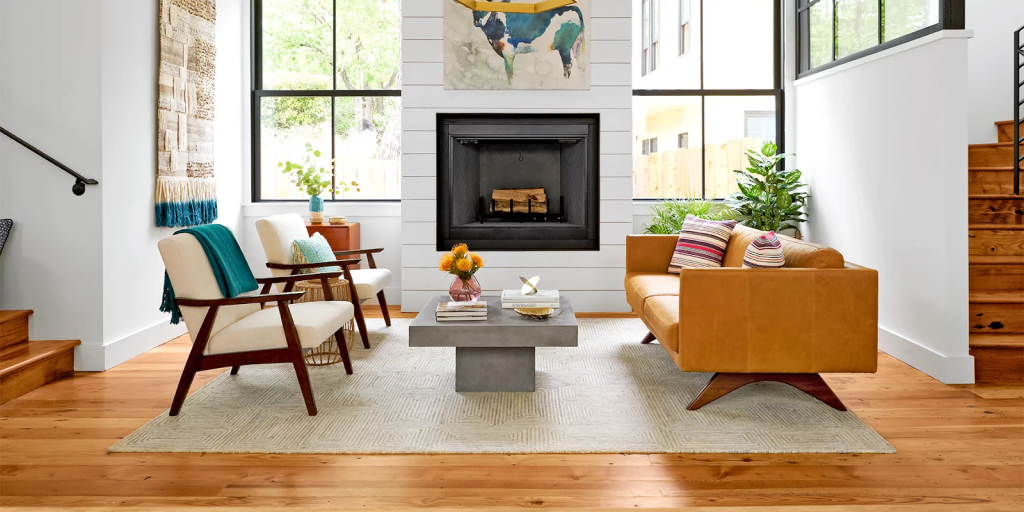

Hardwood flooring is attached to a visual impact considering its natural irregular pattern visible of the wood’s grain. It is dependent on the type of wood that will be used but it introduces a posh and warm statement. They make a huge difference to the aesthetic of the living room because of their design. Besides, they come in different colors, finishes, and cuts to choose from. If you prefer a warm and antiquated look for the living room, hardwood floors exhibit a rustic and antiquated look.
Acoustics


Compared to the acoustical properties of the carpet, hardwood tends to be less absorbent in terms of sound. It does not absorb. Instead, it amplifies the sound. It is one of the common reasons why it is the ideal material used for spaces for theater and musical performance. For acoustic treatments, it is an ideal option because it introduces deflection of sound. When installed on the floors or ceilings, they act as an alternative to acoustic panels. More than adding aesthetic value and cozy ambiance, it evenly distributes the sound throughout the space instead of working out in a single core.
Cleaning and Maintenance
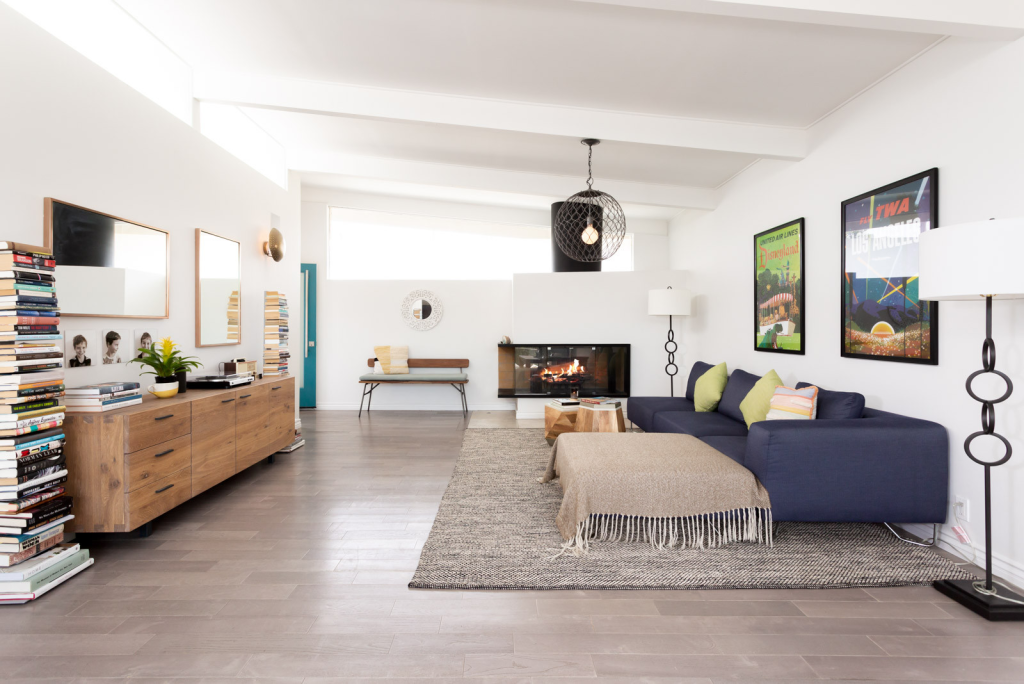

Compared to the carpet’s requirement of being vacuumed at least three to four days a week, hardwood requires less effort in cleaning. All you need to do is to sweep or vacuum the floors to loosen the dirt. Right after, mopping the floors will leave them spotless. For a sleek polish, wood cleaner and polish is optional to retain the fresh and shiny look of the floors. It is also responsible for removing deep and hardened dirt and stains.
Durability
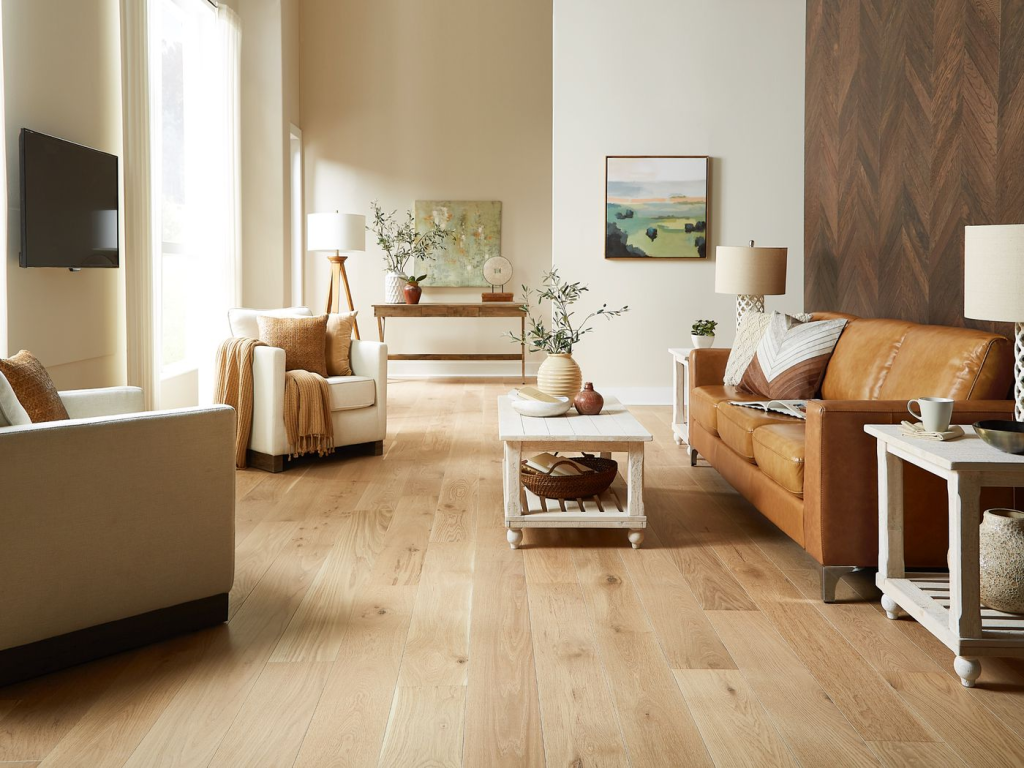

In comparison to the carpet, hardwood floors last longer than a decade. In fact, high-quality ones last for up to a decade. In cases of bumps and scratches arising, all you need to do is to sand the surface and polish in order to renew the look. Within the lifespan of hardwood, they can only be sanded up to five times. Sanding the surface more than five times can damage the core.
Resistance to Heat and Moisture


Apparently, wood is only recommended for dry areas. Moisture tends to be absorbed by the wood that damages the core of the wood. If you prefer hardwood to dominate the living room, we highly suggest high-grade ones that are almost susceptible to ground moisture. When it comes to heat, it has the ability to scar the wood. But, the good thing about it is how they can be mended through sanding and varnishing.
Installation
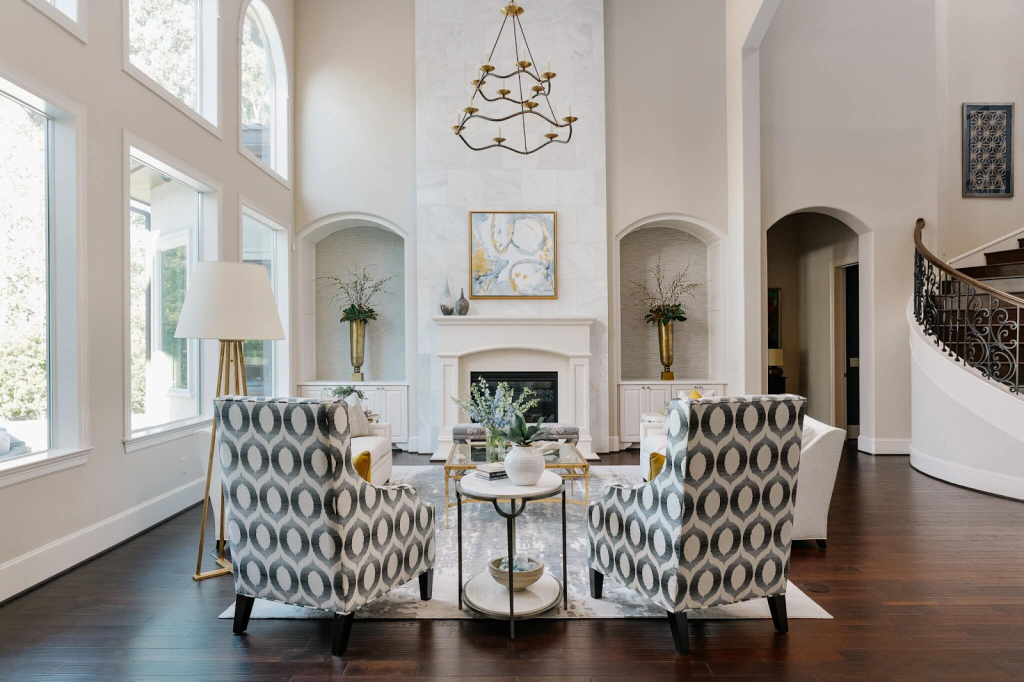

Hardwood requires a professional to be installed. The process is merely laying the boards one at a time to ensure that they are secure and free from sliding. They are layered on the concrete slab and nailed down or stabled. After layering the hardwood panels, they are sanded finely. Staining and top-coating come next to ensure that the treatment of the wood is maintained.
Costs
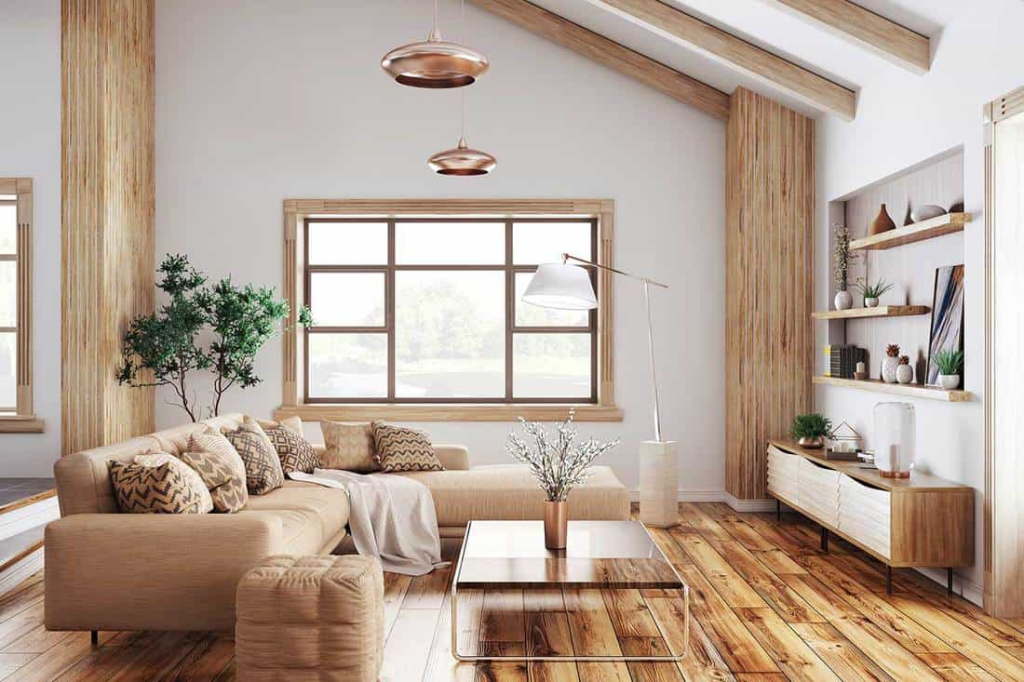

If you have the budget for warm and aesthetically appealing flooring, we highly suggest opting for hardwood floors. On average, the cost of solid ones starts at $5 per square foot. It depends on the quality, procurement, and type of wood that was used for the panels. If you are rooting for money-saving promos, its cost when you have a professional installer, $8 per square foot is not a bad price.
